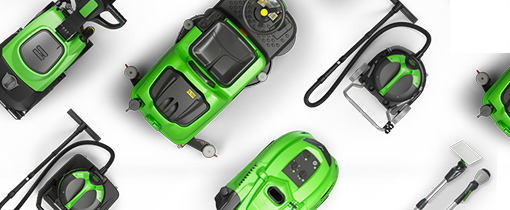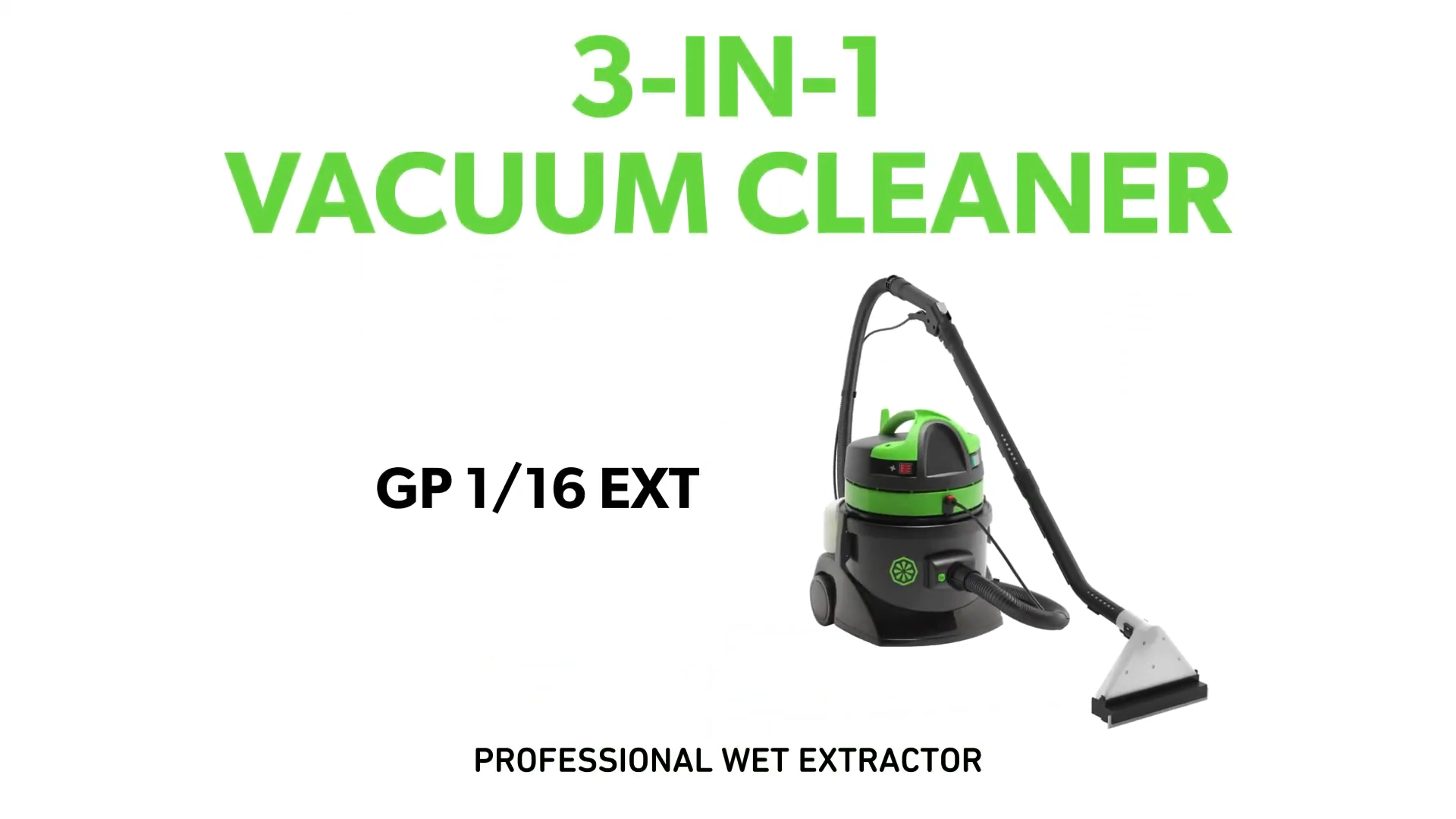
2024 update
A clean environment is also a healthy environment – and this tends to ring especially true with the cleanliness of your carpets. Over time, carpets capture dust, debris, bacteria, dander, pollen, dust mites and more. And unlike a hard floor, where these contaminants can simply be scrubbed or swept away, they embed into carpet fibers. Vacuuming helps, but a carpet deep cleaning is recommended once every 12 to 18 months to fully remove these contaminants. Deep cleaning is recommended more regularly if the carpet is heavily trafficked.
How important is regular carpet deep cleaning? Consider this: Some floor cleaning experts believe that heavily soiled carpeting is up to 4,000 dirtier than a toilet bowl. Gross. Noting this, you might be wondering what the best way to deep clean a carpet is.
What are the three main methods of carpet cleaning? There are three main methods that professionals administer: dry cleaning, wet cleaning and steam cleaning. In this post, we’ll take a closer look at all three of these methods to help you select the method that’s right for your building. Read on to learn more about carpet cleaning:
1. Wet cleaning: deep cleaning for your carpets
Wet cleaning is one of the most effective methods for deep cleaning carpeted floors. This process tends to use hot water and cleaning chemicals, which are then extracted via a portable extractor or host that connects to a truck-mounted machine. Here’s how the wet cleaning process tends to work:
- The carpeting is thoroughly vacuumed to remove any surface debris.
- Any spots or stains on the carpet are pre-treated with cleaning chemicals.
- An operator will retrieve either a cleaning wand that runs to a truck-mounted machine or an extraction machine. In large, commercial environments, extraction machines are the better choice. They’re often electric-powered and administer a solution that mixes hot water and cleaning detergent on the carpet. Scrub brushes work to agitate dirt and debris that’s embedded in the carpet.
- As the extractor makes its cleaning passes and applies the solution, it’s also extracted, leaving the carpets looking like new.
Though the wet cleaning process is a thorough one, it also tends to be more laborious and expensive. Additionally, operators also have to allow for ample drying time after the cleaning of carpets.
2. Dry cleaning: what is the dry carpet cleaning method?
Dry cleaning is fast and easy, and though it won’t achieve the same level of cleanliness that a wet cleaning will, it’s a good method for more regular cleaning. Here’s a look at the dry cleaning process:
- Vacuum the floor to remove any surface debris.
- A powder mix of cleaning agents and solvents is then spread over the carpet.
- Next, operators should retrieve a single-disc cleaner with counter-rotating brushes to use on the carpet surface. The dirt and debris that is agitated by the cleaner will be absorbed by the powder spread.
- Conclude the dry cleaning process by vacuuming the floor, which will remove the powder and the dirt and debris it collects.
Some benefits of dry cleaning include the speed and simplicity of the process. There’s really no specialty training necessary to perform dry cleaning and you don’t have to invest in capital equipment aside from a vacuum cleaner and single-disc cleaner. The biggest disadvantage of the process is that it’s not a very deep clean.
3. Steam Cleaning: can steam cleaning effectively clean carpets?
Steam is able to safely clean and sanitize all types of surfaces, and the carpet is certainly no exception. One of the nice things about steam cleaning is that it’s a deep cleaning that can be done without any chemicals or detergents. The heat of the steam is enough to eradicate any bacteria or allergens and sanitize an area of carpet.
Steam cleaning essentially consists of heating water vapor to a high temperature and then pumping it at a high pressure to clean the carpet. Water vapor and any contaminants are then removed via a suctioned hose from the carpet. The end result: carpets clean.
Other benefits of steam cleaning include fast drying times and the ability to dislodge and remove all types of stains, oils, and greases – making this cleaning method a common go-to in heavily soiled environments. One downside to steam cleaning is that there’s a level of expertise required to do it.
Contact IPC Worldwide Today
For more information on the three main types of carpet cleaning and to learn about the equipment required to carry out each type of cleaning, contact us today.

